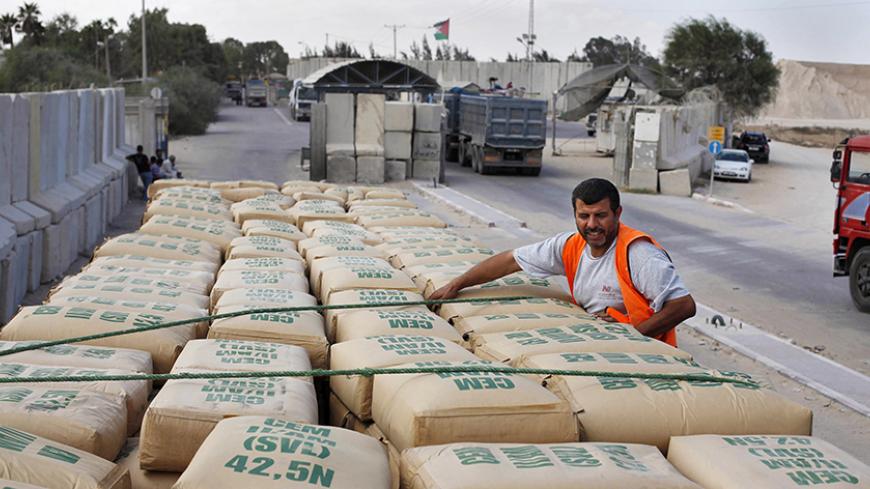Another violent clash between Israel and Gaza was averted at the last minute on May 4. A statement issued by senior Hamas official Moussa Abu Marzouk said understandings were reached between the sides through Egyptian mediation about a cease-fire on the Israel-Gaza border. According to the statement, Hamas pledged to prevent all rocket launches at Israel by various Palestinian factions in the Gaza Strip, whereas Israel promised to stop its airstrikes on the Strip and withdraw the military forces that had begun operating inside Gaza. As of the morning of May 5, Israel had not responded to Abu Marzouk’s statement.
All of Israel’s past military operations in Gaza started out this way: a limited exchange of blows, a smattering of mortar shells from Gaza and Israeli air strikes on Gaza — all snowballing into another round of vicious violence with thousands of dead and wounded.



